CANNES – Uneven but gripping, Kamen Kalev’s “Eastern Plays,” which screened in Directors’ Fortnight, is a portrait of a young drug addict artist caught up in the violent racial strife of present-day Bulgaria.
There’s a sudden crime not long into the picture, a savage beating that drunken artist Itso (Christo Christov) witnesses. He also takes some blows even as he sees that his younger brother Georgi (Ovanes Torosian) is among the gang running amok.
The film touches on the brothers’ relationship, but it’s more an exploration of the artist’s feelings of desperate alienation in Sofia, a seemingly tranquil city in which street thugs are paid by slick politicos to stir up unrest.
Many scenes take place in darkness and some go nowhere, but its sympathetic portrait of a young man who knows he’s gone off the rails amid the travails of an Eastern Bloc nation grappling with racism will make the picture of interest to festivals and special interest audiences.
Kalev takes his time introducing the central characters up to the point when Itso stumbles upon a gang assaulting a Turkish man and woman and their daughter, who are visiting from Istanbul. Georgi acts as a lookout for the hoodlums but it’s not until the next day when Itso shows up for a family meal that it becomes clear they are brothers.
Itso, who has broken up with his tearful girlfriend Niki (Nikolina Yancheva), is attracted to the dreamy Turkish girl Isil (Saadet Isil Aksoy, pictured), but her father, in the hospital recovering from his beating, forbids her to see him.
Although Itso is on methadone and drinking too much, he forms a bond with the girl while Georgi fights his own demons and their struggles form the rest of the story.
Christov, who died after the making of the film and is given a dedication at the end of it, was a nonprofessional, but his acting shows both range and depth. A scene in which he expresses his emptiness to a witless psychiatrist is touching and he and Aksoy have much chemistry in their scenes together.
Venue: Festival de Cannes, Directors’ Fortnight; Cast: Christo Christov, Ovanes Torosian, Nikolina Yancheva, Saadet Isil Aksoy
Director, screenwriter, editor: Kamen Kalev; Director of photography: Julian Atanassov; Production designer: Martin Slavov; Production: Waterfront Film; Sales: Memento Films International; No t rated; running time, 89 minutes.
This review appeared in The Hollywood Reporter.

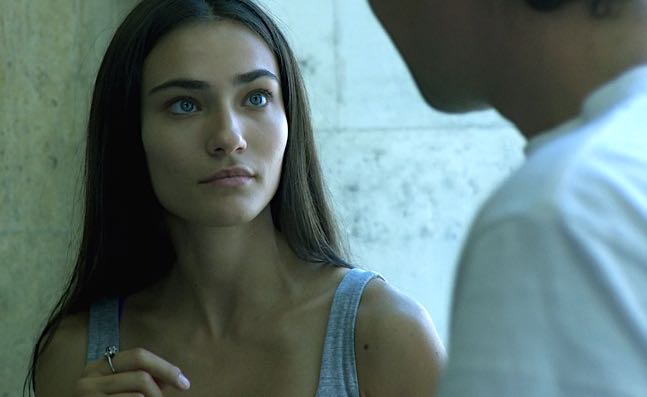
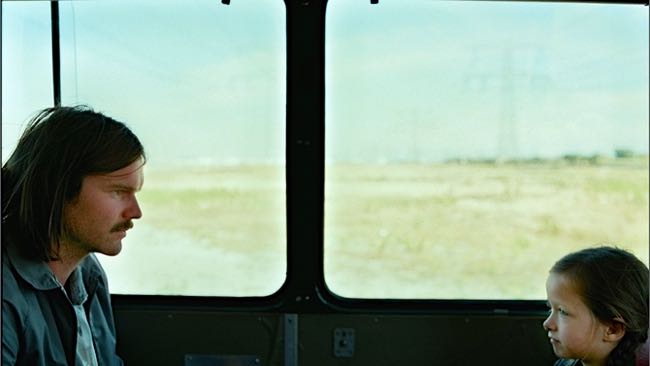
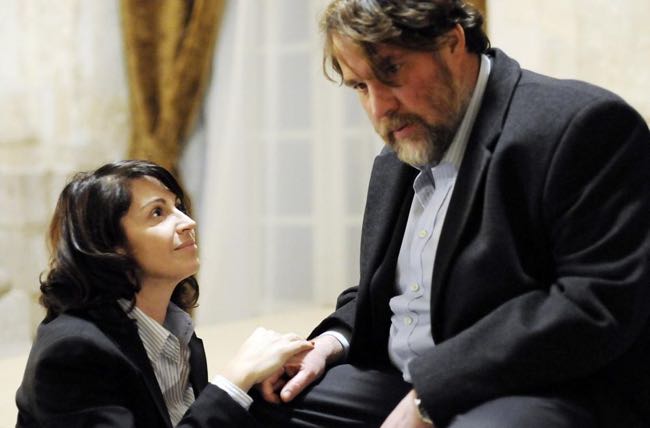
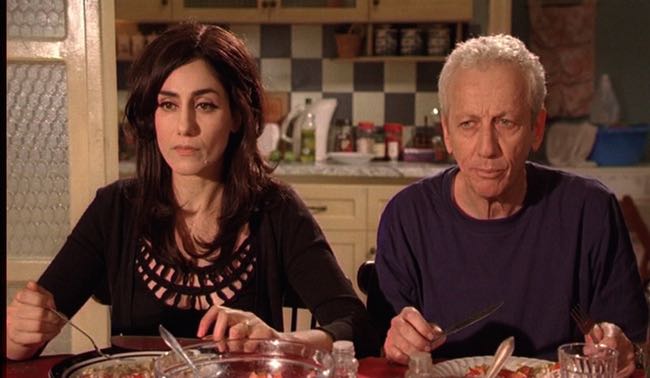

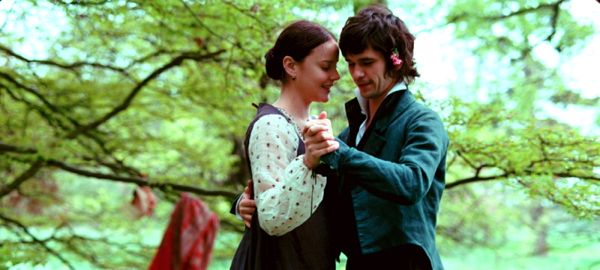
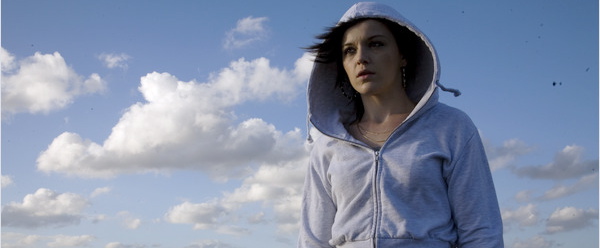
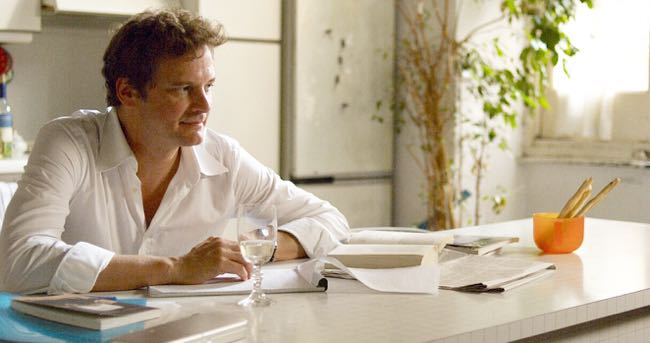
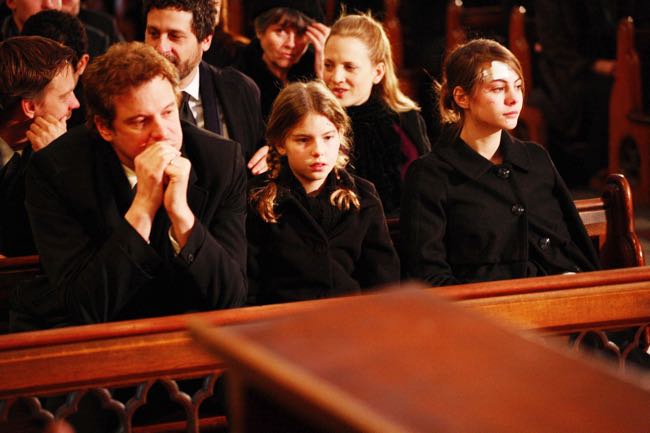
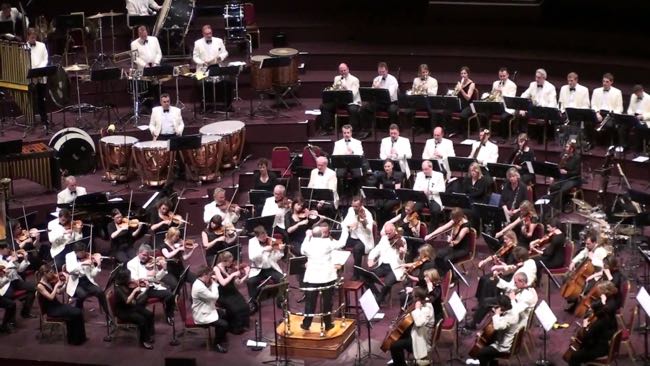
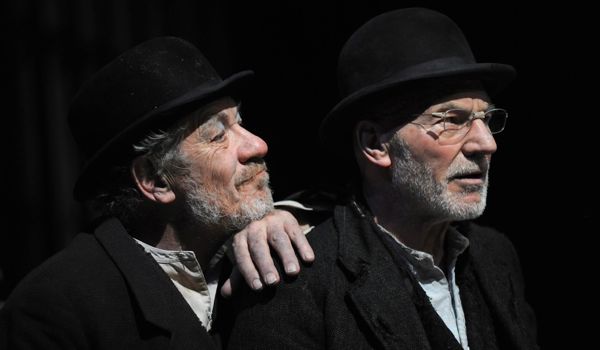
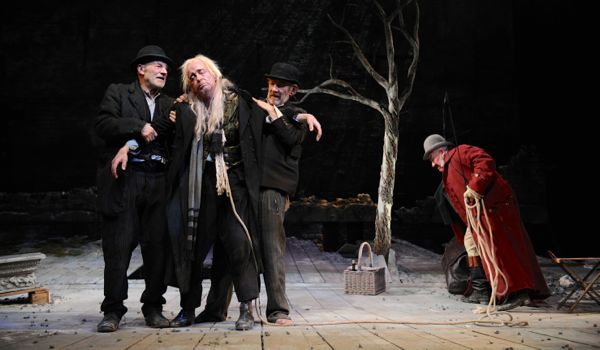
CANNES: Pixar’s animated ‘Up’ and away in 3D
CANNES – Pixar’s 10th movie, “Up” opened the Festival de Cannes on Wednesday and it should prove as popular at the box office as all their other creations. Walt Disney releases ‘Up’ in the US on May 29 but the UK must wait until Oct. 16
The colourful tale of an old man who fulfils a promise to his beloved late wife by going to visit a geological paradise in South America is shot in 3D. It works fine but the picture would probably be just as entertaining without it.
Ed Asner voices the old man, who resembles the older Spencer Tracy, while Christopher Plummer gives voice to the villain of the piece, a mad explorer who resembles latter-day Kirk Douglas. There’s also a kid who looks a bit like the Japanese bloke on “Heroes” and some wonderful creatures including a large bird the kid names Kevin, not knowing it’s female, and a devotedly loyal dog named Dug.
Savvy and sharp, the script doesn’t miss a trick and Michael Giacchino contributes a remarkably spry and appealing musical score to match the clever animation.
It’s very funny all the way through as we see the loving life of the childless couple whose dreams of a fantasy trip are always thwarted by events before the adventure begins. Once the old man, a balloon salesmen, strikes on a plan to take his house to the skies, it’s up, up and away.
Among the clever ideas is one in which a pack of dogs punish Dug by making him “Enter the Cone of Shame”, wearing one of those devices intended to keep pooches from hurting themselves but succeed only in making them look pathetic. The phrase will enter the language on playgrounds and in workplaces everywhere.